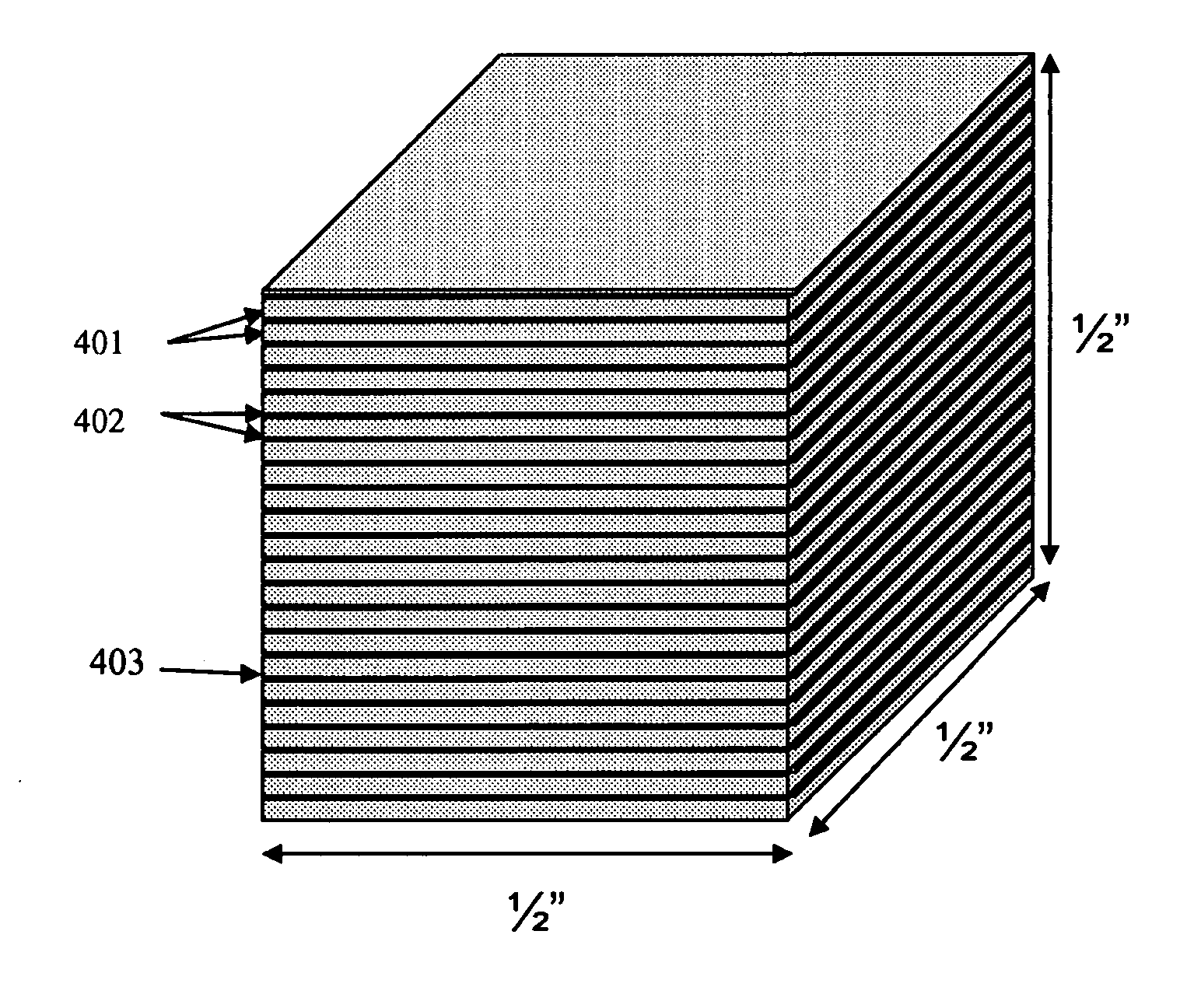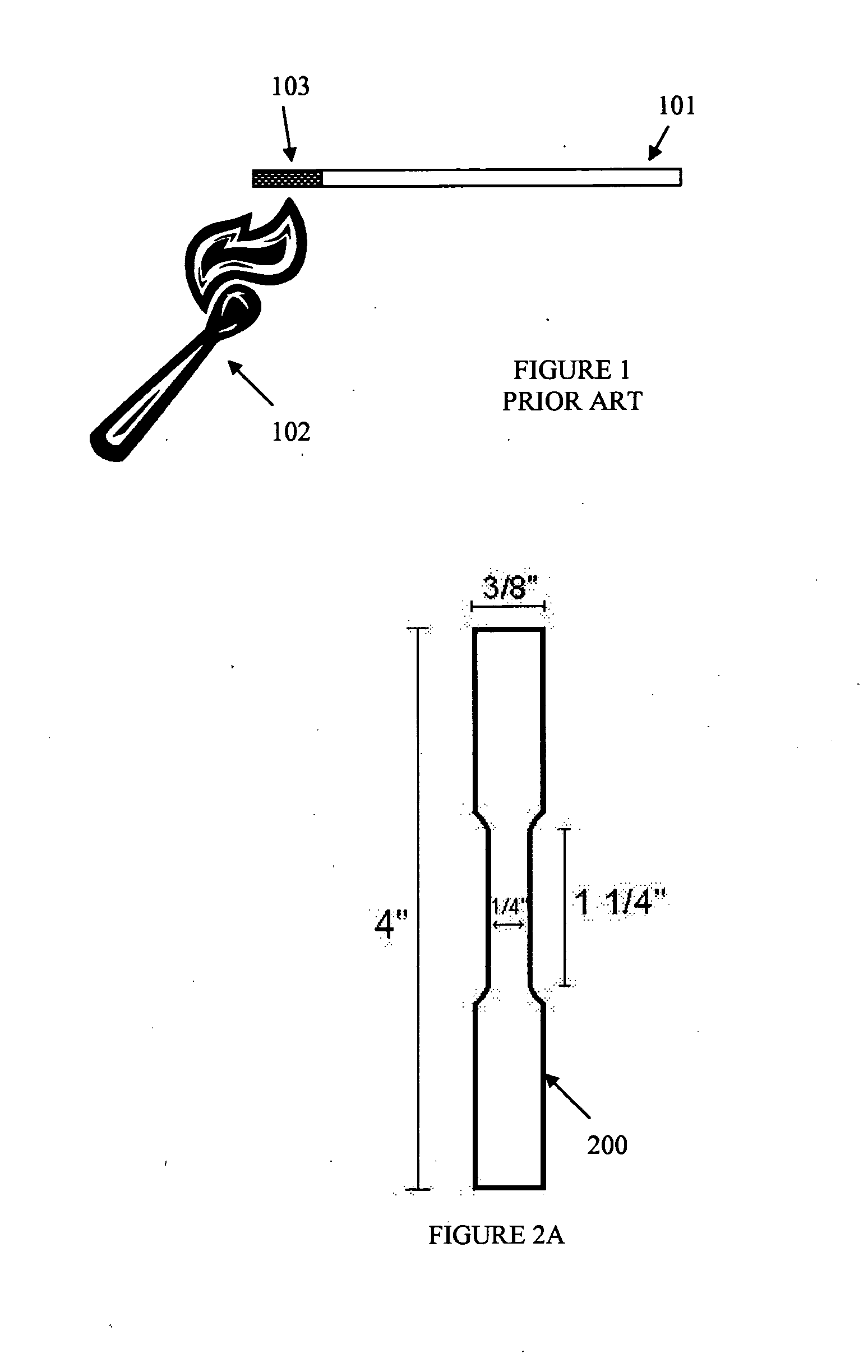Multifunctional Reactive Composite Structures Fabricated From Reactive Composite Materials
- Summary
- Abstract
- Description
- Claims
- Application Information
AI Technical Summary
Benefits of technology
Problems solved by technology
Method used
Image
Examples
Embodiment Construction
[0049]The following detailed description illustrates the invention by way of example and not by way of limitation. The description enables one skilled in the art to make and use the invention, and describes several embodiments, adaptations, variations, alternatives, and uses of the invention, including what is presently believed to be the best mode of carrying out the invention.
[0050]The present invention sets forth different methods for making reactive composite structures (RCS) having components or bodies which consist of reactive composite materials (RCM), via various assembly, joining, and shaping methods. The reactive composite materials in the reactive composite structure can then be ignited at a subsequent point in time to carry out an intended function of the reactive composite structure. The invention additionally sets forth characteristics of the RCM required to make these methods feasible.
[0051]Fundamental to the fabrication methods discussed below is the tunability of RC...
PUM
| Property | Measurement | Unit |
|---|---|---|
| Mechanical strength | aaaaa | aaaaa |
| Fracture toughness | aaaaa | aaaaa |
| Chemically inert | aaaaa | aaaaa |
Abstract
Description
Claims
Application Information
 Login to View More
Login to View More - R&D
- Intellectual Property
- Life Sciences
- Materials
- Tech Scout
- Unparalleled Data Quality
- Higher Quality Content
- 60% Fewer Hallucinations
Browse by: Latest US Patents, China's latest patents, Technical Efficacy Thesaurus, Application Domain, Technology Topic, Popular Technical Reports.
© 2025 PatSnap. All rights reserved.Legal|Privacy policy|Modern Slavery Act Transparency Statement|Sitemap|About US| Contact US: help@patsnap.com



